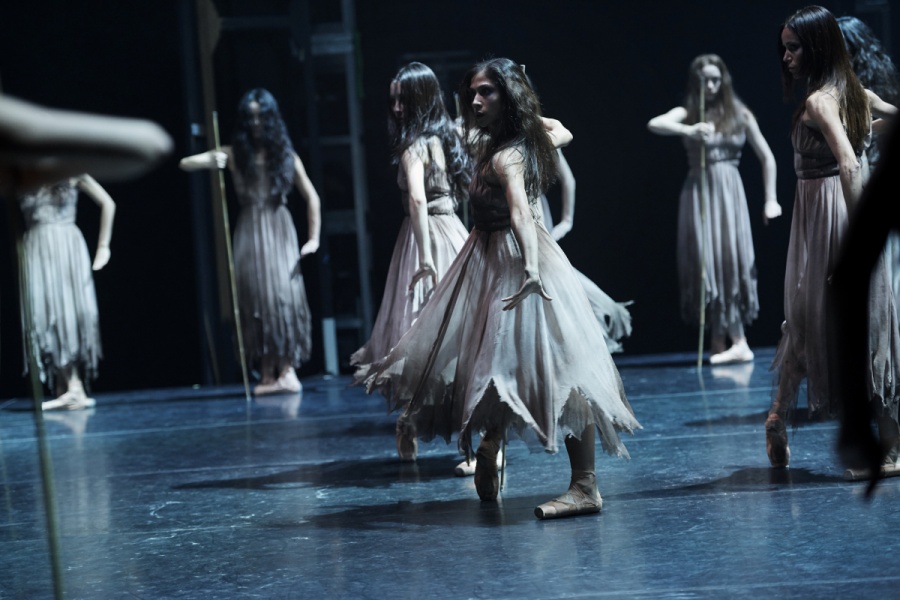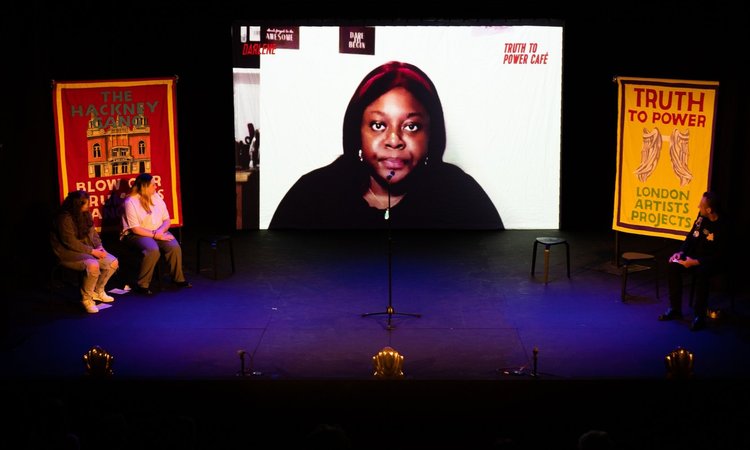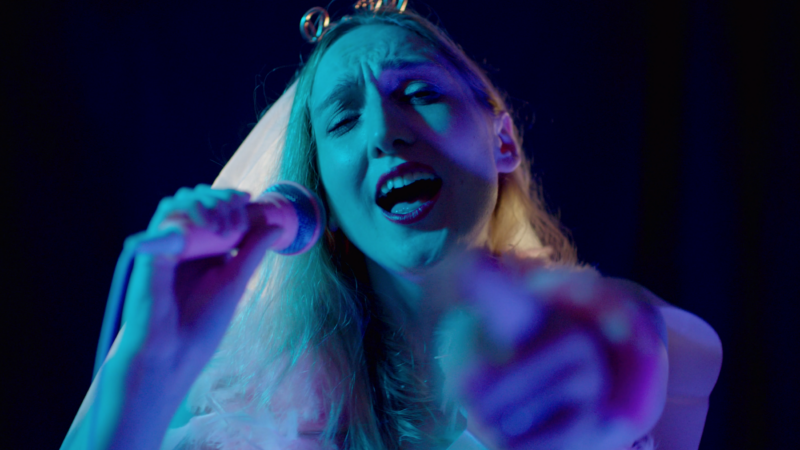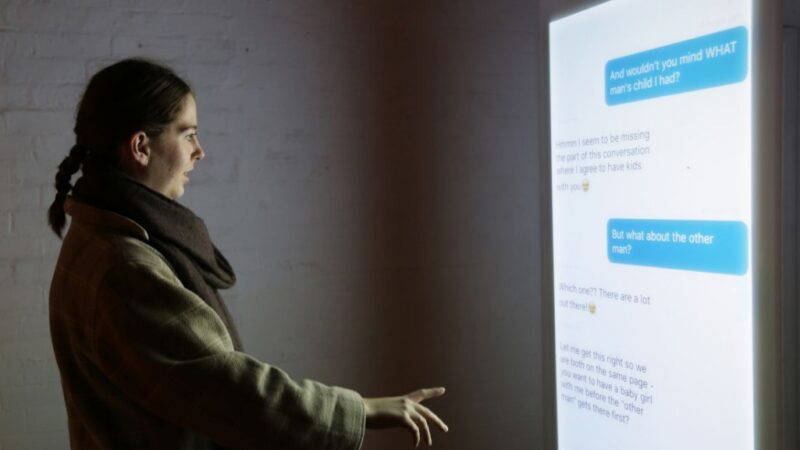As I come to the end of my career as an active dancer, it’s fascinating to me to look back at the manner in which the advent of digital technologies and methods has altered both the manner in which I create, and, to an extent, the legacy of the work I make.
My practice, from choreography to performance, has evolved dramatically with the advent of mass-market digital tools. Most significant has been the impact on the process of creation; whereas in the past an artist might document aspects of the creative process through photography or diaries or similar, the almost infinite storage capabilities afforded by digital video and cloud storage mean a kinetic artist such as myself is able to look back at the creative process from beginning to middle to end, to look at it while we’re still engaged in the process of creation, to look back at it. The effect on the finished work can often be profound; if I’m in the middle of a project and I look at the first trailer or teaser or first part of the process online, it provides a concrete reference point for the project as a whole, even in its incomplete state – an anchor, if you will.
On a more personal level, as I make the transition from performing dancer to non-dancing artist, the digital aspect of my work has become very sacred to me; the legacy it provides not only of my work but of myself. Because my children are very small, they will never see me dance really on-stage, and digital affords me a powerful means of bridging that divide; this aspect of strange permanence in what is an oddly ephemeral media is a fascinating one to me, the way in which a work can be captured in such a rich, nuanced and multi-dimensional way which can be experienced by generations to come.

When I am making work, I see the first trailers, the rushes, the digital scraps and fragments accrued during those moments of creation, as being part of the finished work itself in a way, building blocks or perhaps a breadcrumb trail from genesis to completion. The sketches, the fragments, all form part of the finished piece – and they are crucial to my ability as an artist to iterate and develop ideas. The ability to almost freeze a moment of creativity in time – say, through recording video of early choreography sessions, say – affords me the opportunity to return to those moments almost seamlessly throughout the creative process, and to do so at a speed and with a degree of convenience which would have been unthinkable in my early career. It’s almost like a form of time travel, one might say – the digital records of the process act as a temporal anchor, enabling me to reach back and interrogate, develop, add and subtract at all stages of creation.
From the point of view of the final work and how it lives on, one might think of it in these terms the difference between observing, for the sake of argument, a tree in one dimension, versus the ability to look at it from all sides, but also cut through it and see the rings.
There is, of course, a corollary to this – I feel strongly that it’s important that the tradition of oral history of the arts is not lost, for it is through this that innovation and brilliance emerge. I am trained in Kathak [Indian classical dance], a tradition passed from person to person through non-technological means (or, if you will, human technology), carried in the memory, the body, the brain, the mind, and so each time we share it, it’s evolving. It’s like telling a story – no one ever tells it the same way twice; it changes each time you say it, because you are human, because you are alive. By contrast, digital preservation of work and its perfect, infinite reproducibility – freed, of course, of necessary context – creates a potentially more sterile transmission mechanism for ideas and art.
Given the fact that things will exist in theoretical and infinite perpetuity as a result of their digitisation, whether it be through video or however else, one might almost argue that there is a new and renewed sense of artistic responsibility in considering the perspectives that will be shown in the post-launch legacy phase of your work, and to ensure that its propagation and dissemination occurs in an analogue, as well as digital, manner.
Choreographer and Dancer Akram Khan was writing for The Space’s ‘Self Publishing and the arts‘ essay collection
How useful was this resource?




